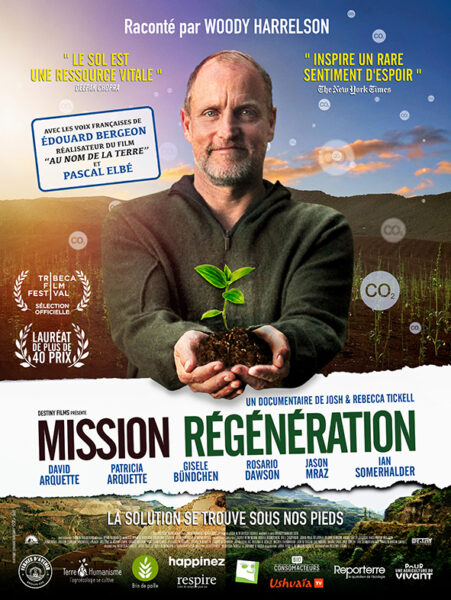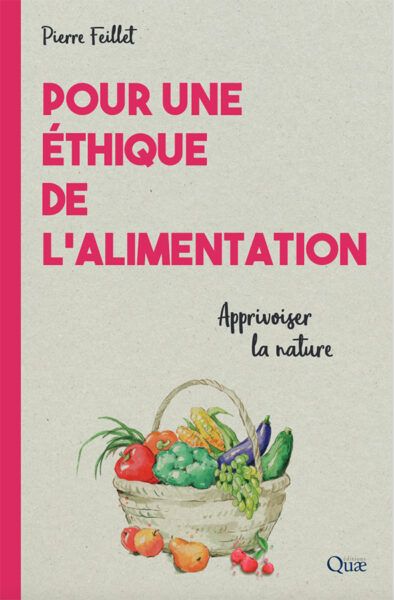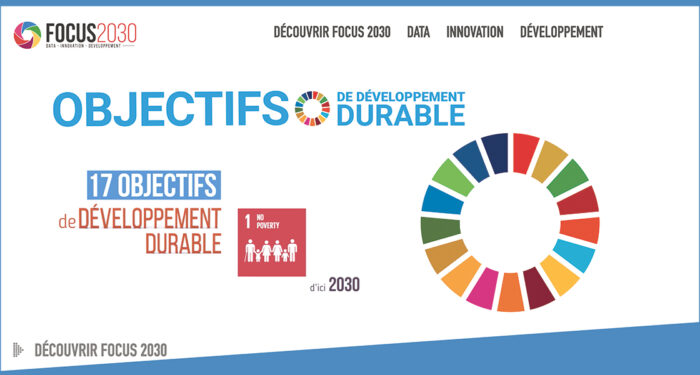Faced with the limitations set by our planet (raw materials, energy etc.), with climate change and with the need to keep down waste emissions of all kinds, our societies are necessarily going to have to effect a major transition —the so-called “ecological transition”. With this in mind, and with a more sustainable model of production and consumption as the goal, the fight against the so-called “built-in” obsolescence of products has a major part to play. And yet, are we able to assess the real ecological impact of the products concerned, from the point of manufacture to the end of their life?
Éric Vidalenc and Laurent Meunier, who have studied this question at the French Environment and Energy Management Agency (ADEME), provide some valuable keys to an answer in this article. They begin by reminding us what is meant by “built-in obsolescence” (showing the pertinence and limits of the concept), as well as covering product innovation strategies and the crucial role of the consumer. Drawing on life-cycle analyses, they then examine the ecological impact of the goods most traditionally affected by obsolescence (domestic electrical goods, cars, computers and smartphones) and the underlying causes of the phenomenon. They go on to propose a variety of avenues and strategies whereby that impact can be reduced, depending on whether it is caused by the use of the item or its manufacture. What is, ultimately, important is to make both manufacturers and consumers act responsibly, the former by encouraging a move towards the “circular” or “functional” economy and towards recycling, eco-design etc. and the latter by providing them with better information and ad hoc incentives.



